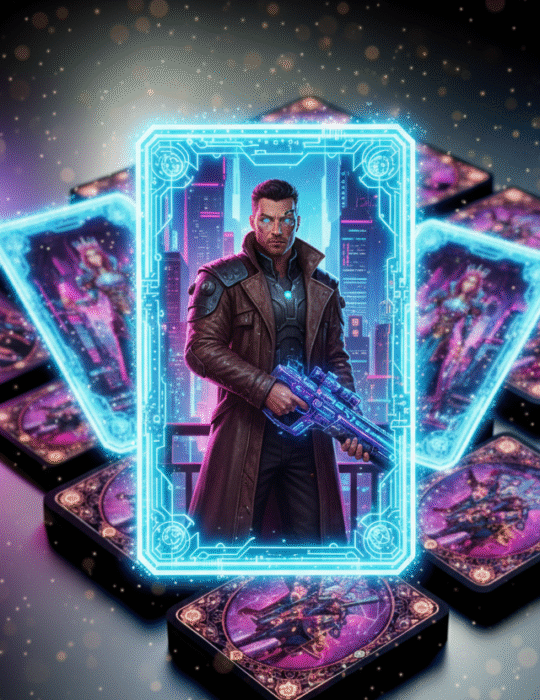Impact on the Ecosystem: Way More Than Just a Taxi
Elon Musk, as always, is thinking beyond just autonomous cars. The idea behind robotaxis isn’t just about making transportation easier—it’s about transforming how we use vehicles and reshape cities. Today, cars spend most of their time parked—in garages or parking lots. With robotaxis, those spaces can be reimagined.
🚗 Parking lots could turn into parks, leisure areas, or even new buildings. Fewer personal cars mean less pollution, less traffic, and a more efficient way to use urban space.
Cybercab: An Autonomous Revolution
Now, let’s talk about what really matters: the Cybercab. A fully autonomous taxi—no steering wheel, no pedals, no buttons. All you need to do is hop in and chill—read a book, watch a movie, or even take a nap.
Estimated price? Around $30K, with a launch expected in 2026. Yeah, it’s still a bit of a wait. The launch event, held at Warner Bros Studios, left investors a bit frustrated since they were hoping for something more solid.
And that’s not all. Tesla also unveiled the CyberVan, an autonomous vehicle that can carry up to 20 people, promising to revolutionize public transport.
Google vs. Tesla: The Autonomous Taxi Race
While Tesla is still all about promises, Google’s Waymo is already a step ahead. Their autonomous taxis are up and running in cities like San Francisco and Austin. So, while Tesla shows off prototypes, Waymo is out there, testing the concept in real life.
Creative Development: Opportunities in Content and the Creative Economy
The launch of robotaxis opens up a ton of space for creative innovation. Think about the impact this change could have on content creators, app developers, designers, and even smart city planners. With fewer cars on the streets and more automation, new opportunities will arise to rethink urban mobility and even in-car entertainment.
Opportunities for Those Who Want to Dive into Content:
- Creating AR/VR Content: Imagine the experience of being inside a Cybercab—the content you could consume during the ride will be a whole new space for creators to explore. Videos, games, and immersive experiences could turn travel time into something productive and fun.
- Developing Apps for Mobility: The digital mobility market is about to explode with robotaxis. Developers who create practical, innovative solutions—like payment systems, entertainment platforms, or even interactive city guides for these new vehicles—will be at the forefront of this revolution.
- Urban Design and Architecture: With fewer personal cars, smart cities can be designed to offer more green spaces, new leisure options, and housing. Creative urban designers will be ready to shape this new reality.
Pop Culture Example
Remember the dystopian future from Blade Runner? Now, picture a more optimistic version: autonomous cars gliding through streets while people disconnect from driving and dive into digital experiences. We’re heading toward something like that—just with less neon and (hopefully) less rain!
Quick Quiz
What are the main impacts robotaxis could have on cities?
How is Google standing out compared to Tesla in the development of autonomous taxis?
What creative opportunities arise for professionals in the digital creative economy with the rise of robotaxis?
Practical Challenge
Imagine you’re in a Tesla Cybercab. What would you do during the ride? Create an idea for digital content (an app, game, or AR experience) that could be consumed inside these new vehicles. The more creative, the better!
Content Gamification
Difficulty Level: ⭐⭐⭐⭐ (4/5) – Designing new types of content and experiences for robotaxis is an amazing opportunity, but it takes creative vision and execution strategy.
K.E.Y.:
K = Knowledge: Understanding urban mobility and tech innovation.
E = Expertise: App design, content development, and creative strategy.
Y = You Factor: Focus on innovation, future-forward thinking, and adapting to new tech.








